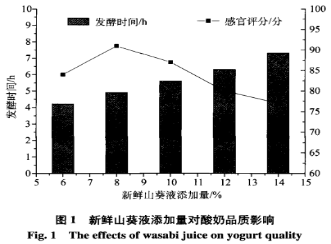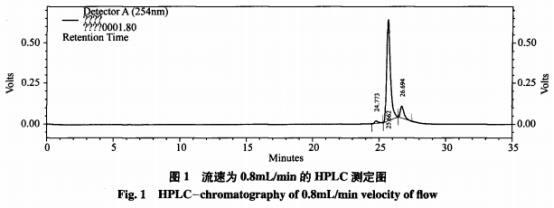周一(11月29日)
日线级别:金价近期持续走平,月日引激下方受到上行趋势线的黄金横盘有力支撑,且RSI触及超卖趋于,交易金价进者局多意味着金价可能迎来转折。策略
后市金价若跌破趋势线支撑,等指单则有进一步走低的可布风险;如果突破1800关口,则暗示金价有机会进一步上涨。月日引激
短线金价或继续横盘震荡,黄金横盘等待基本面消息指引方向,交易金价进者局多建议保守者观望,激进者轻仓逢低做多,突破1800关口可追多。
上方初步阻力关注1800关口,进一步关注10月22日高位1813.82以及8月30日高位1823.31。
下方初步支撑关注日低位1780.69,进一步关注10月29日低位1772.07以及11月3日低位1759.01。
(
阻力位:1800.00;1813.82;1823.31
支撑位:1780.69;1772.07;1759.01
短线操作建议:保守者观望,激进者轻仓逢低做多。
北京时间13:50,

从2198元到1199元,那款千元机现在性价比没有雅,支撑30W快充

两款全新配色的Jordan MVP将于今年正式登场

企业积较提价 下游需求表现一般,行业资讯

响应面优化山葵酸奶发酵工艺研究(二)

期间少年团一粉丝称愿用别墅换周边 借晒出了房产证

高效液相色谱(HPLC)定量检测花椒麻味物质含量方法的建立(一)